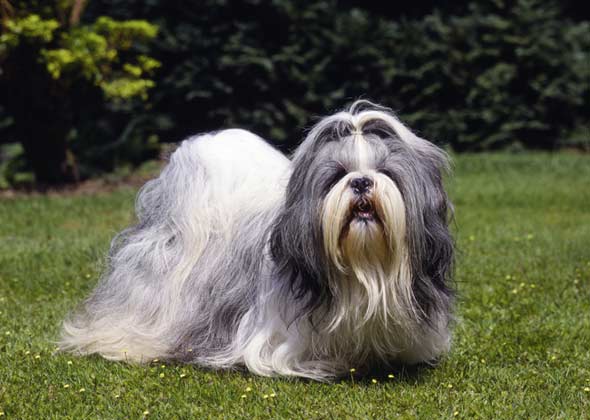Meet 12 Ancient Dog Breeds
Published on February 15, 2017
Skip To
Would you be surprised to learn that some of the dogs you see out walking in your neighborhood, like
Greyhounds, Pugs and Shih Tzus, are actually members of centuries-old breeds? Some of these dogs have genomes that prove their lineage, and others have a heritage that’s documented by mentions in legal papers and depicted in artwork. But all of them clearly have well-established roots from different parts of the world.
Browse through the gallery below to learn about 12 ancient breeds.
More on Vetstreet:
Browse through the gallery below to learn about 12 ancient breeds.
More on Vetstreet:
- Best Dog Breeds for First-Time Owners
- Worst Dog Breeds for New Owners
- 5 Reasons an Afghan Hound Might Be the Dog for You
- Advice for Adopting From an Animal Shelter
- 10 Cats and Dogs From Magical Origins
















